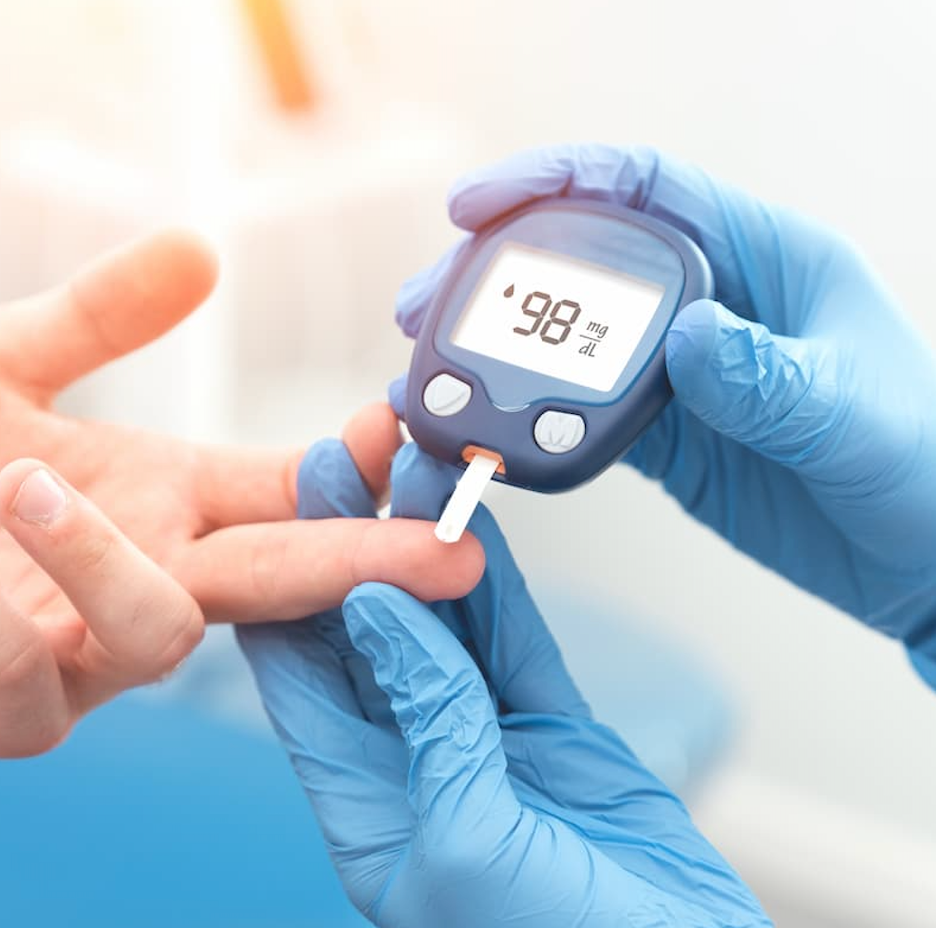A 360° Approach to Managing Type 2 Diabetes
The 360° approach, a comprehensive diagnostic and treatment tool for type 2 diabetes addressing physical, mental, environmental and lifestyle factors, showed potential to improve patient-centered care.
By
Lana Pine
| Published on December 5, 2024
4 min read
Credit: Adobe Stock/Proxima Studio

The 360° approach — a diagnostic tool developed to assess the physical health, mental health, and environmental and lifestyle factors of patients with type 2 diabetes — was well-received and implementable, and showed potential for promoting positive health changes, making it feasible for integration into standard primary health care.
“The current focus in primary health care is primarily on physical health (e.g., medication) and lifestyle factors such as smoking, diet, weight control and exercise, while other important factors are often overlooked,” wrote a team of investigators led by Zeena Harakeh, Ph.D., a researcher associated with the Department of Child Health at TNO, Netherlands Organization for Applied Scientific Research, in the Netherlands. “Consequently, care for individuals with type 2 diabetes could be enhanced by adopting a more holistic and personalized approach.”
This approach includes consultations from a variety of professionals, including dietitians, nurses, pharmacists and physiotherapists, coupled with more frequent interactions between patients and their care team. In addition to a holistic approach to care, investigators believe these patients would also benefit from using clinical measurements of biomarkers to assess physical health factors.
To achieve this, they created the 360° diagnostic tool to assess the health status of patients with type 2 diabetes using self-reported information in combination with biomarker data. The ultimate goal of the tool is to support patient-centered, personalized treatment, improve shared decision-making and enhance self-management for patients.
Investigators evaluated the acceptability, implementation and effects of the 360° diagnostic tool and treatment approach over a 6-month intervention in primary health care settings in the Netherlands. They recruited 15 patients with type 2 diabetes and their care teams.
Subjects underwent the 360° diagnostic assessment, received tailored lifestyle and health interventions from a multidisciplinary team, and participated in individual and group consultations. The holistic approach covered four domains: body, thinking and feeling, behavior and environment. Data were visualized in a personal “profile wheel” that used colored icons (red, orange or green) to reflect healthy status or areas for improvements. The care team used this information to determine the most suitable, individualized treatment for the patient.
Additionally, patients were encouraged to share their experiences with lifestyle changes during a group consultation and were educated on their diabetes and other lifestyle factors.
Any progress observed in mental health, lifestyle behaviors and diabetes-related issues was tracked at baseline, 3 months and 6 months. Interviews were conducted to gather feedback on the tool’s acceptability and implementation.
Most subjects were male (10 out of 15 participants), and the mean age was 59.6 years. The mean number of years diagnosed with type 2 diabetes was 13.4.
Patients and health care professionals positively rated the 360° approach, saying they appreciated the multidisciplinary collaboration, personalized advice and visual tools. Factors promoting success included professional support, team-based care, social support and perceived health improvements.
Conversely, barriers included information overload, survey-related challenges and time-intensive counseling.
Improvements in mental health, diabetes-related problems and a reduction in fast-food consumption were noted at 3 months, with further reductions in stress and fast-food consumption seen at 6 months. Fruit intake slightly decreased over time.
“The 360° diagnosis serves as a tool for professionals to provide patient-centered care,” investigators concluded. “It can facilitate shared decision-making between patients and health care professionals, promote multidisciplinary collaboration and support and empower both patients and professionals, leading to positive health outcomes for the patient.”

